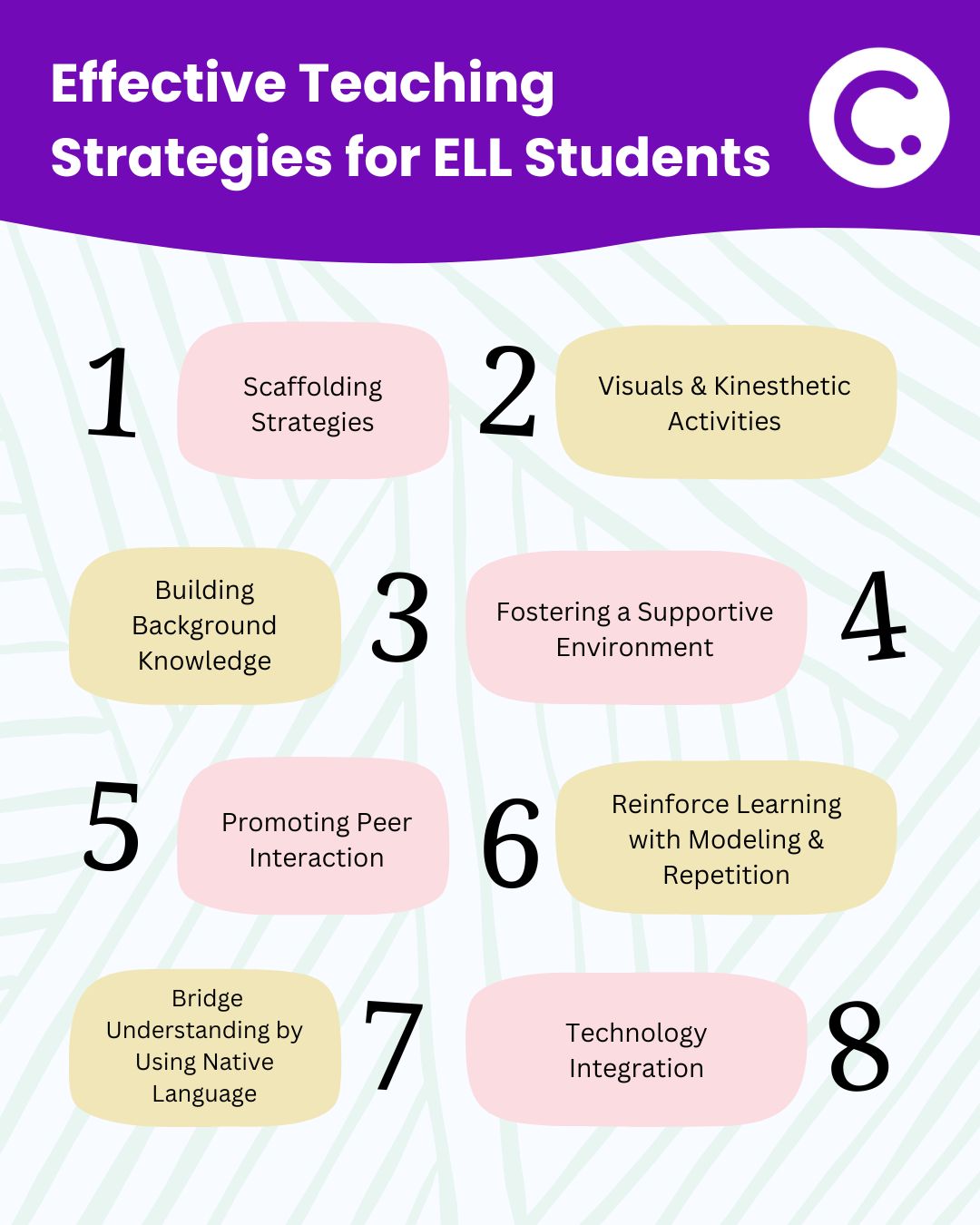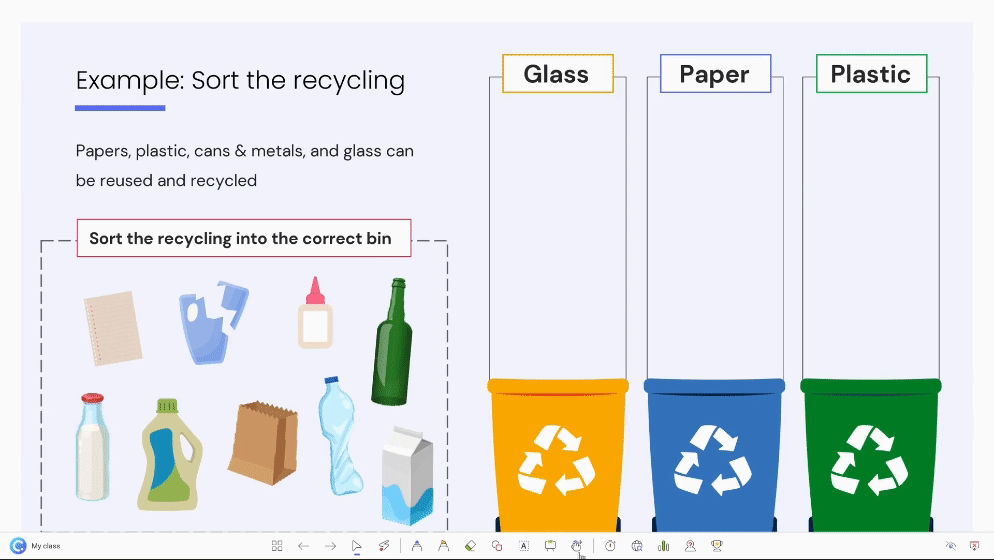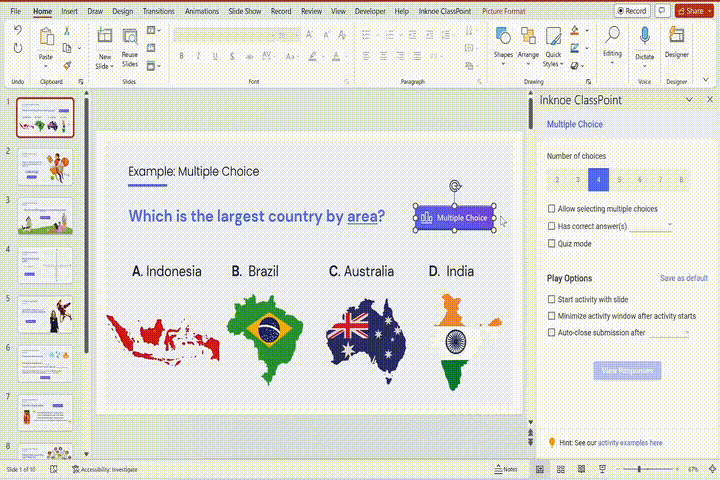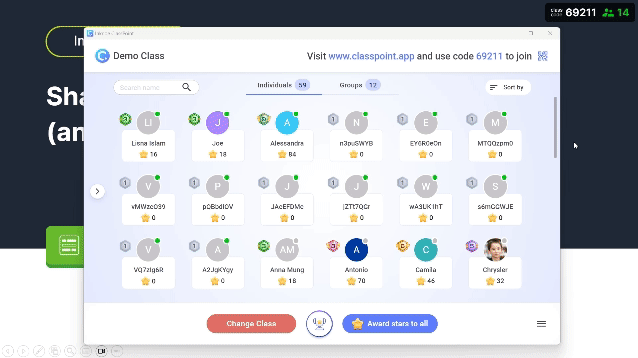With over 5 million English Language Learner (ELL) students in the U.S. alone, the need for effective teaching strategies tailored to their unique needs is more critical than ever. The good news is that educators are not powerless in facing this challenge. Educators can create an inclusive environment where pupils can thrive academically and personally by using the right strategies for ELL students specifically.
These strategies for teaching ELL students won’t erase the challenges, but they will bridge the gap, allowing them to access information, participate actively, and ultimately, unlock their full potential and master the English language. So, join us as we explore a range of practical approaches designed to empower ELL students and transform your classroom into a vibrant hub of multilingual learning!
Understanding ELL Students to Address the Gap
To support ELL students effectively, it’s crucial to understand the stages of language acquisition: listening, speaking, reading, and writing. These stages reflect the gradual progression of language learning, from initial exposure to full proficiency. However, beyond these basics, recognizing the impact of cultural background on learning is vital. ELL students bring diverse experiences and perspectives to the classroom, which can significantly influence their learning process. Common challenges they face include vocabulary development and pronunciation, which can hinder their academic progress if not addressed properly.

The Power of Differentiation
Differentiation is the practice of tailoring instruction to meet the diverse needs of students. Meanwhile, differentiation for ELL students means adjusting content, process, and product based on their language proficiency and learning styles. A framework for differentiated instruction might include tiered activities, graphic organizers, and choice boards. These tools help scaffold learning and make content more accessible. To provide added value, downloadable templates or specific activity examples can be incredibly useful for educators looking to implement differentiation strategies effectively.
Essential Strategies for ELL Students’ Success

Our ELL students bring a wealth of cultural experiences and prior knowledge to the classroom. However, the bridge between their native language and English can sometimes feel vast. To ensure they can access information, actively participate, and showcase their understanding, we need to incorporate effective strategies for ELL students. Here, we’ll explore some of the most powerful strategies for teaching ELL students to add to your lesson plans:
#1 Scaffolding Strategies
Scaffolding is a powerful strategy that breaks down learning into manageable chunks and provides essential support structures to facilitate understanding. Effective scaffolding for ELL students includes using sentence starters, visual aids, and graphic organizers. For example, in a reading lesson, sentence starters help students articulate their thoughts more clearly. Visual aids and graphic organizers enhance comprehension across subjects like math and science, making complex concepts more accessible and easier to grasp for ELL learners.
#2 Visuals & Kinesthetic Activities
A picture is truly worth a thousand words, especially for ELL students. Incorporate strategies for ELL students that rely on visuals like diagrams, charts, and pictures to enhance understanding. Kinesthetic activities, where students learn by doing, can also be incredibly effective. Adjust your teaching style, offering wait time and multiple formats (text, audio, video) to cater to diverse needs.
#3 Building Background Knowledge
Prior knowledge is essential for comprehending new information. Before diving into a lesson, activate students’ background knowledge through anticipatory activities like brainstorming or KWL charts (What I Know, What I Want to Learn). During lessons, use graphic organizers to connect new information to existing knowledge. Finally, revisit concepts through post-reading discussions and activities.
Brainstorming doesn’t have to be tedious! Check out these 6 brainstorming applications to maximize student collaboration and productivity.
#4 Fostering a Supportive Environment
A welcoming and inclusive classroom environment is crucial for ELL students’ success. Practical tips include incorporating greetings in students’ native languages and celebrating cultural diversity through classroom activities and discussions. Creating an atmosphere of respect and inclusion encourages ELL students to participate and engage more fully in their learning.

#5 Promoting Peer Interaction
Cooperative learning structures, such as group projects and peer tutoring, can be particularly beneficial for ELL students. These strategies allow students to practice language skills in a social context and learn from their peers. Assigning roles within groups can ensure that each student participates and benefits from the interaction.
#6 Reinforce Learning with Modeling and Repetition
Modeling involves demonstrating tasks or concepts before asking students to perform them. This strategy provides a clear example for ELL students to follow. Repetition is also crucial; it helps reinforce learning and build confidence. Activities like choral reading, where students read together aloud, can effectively reinforce language patterns and vocabulary.
#7 Using Native Language to Bridge Understanding
Allowing students to use their native language as a bridge to understanding new content can be highly effective. It validates their cultural and linguistic backgrounds, making them feel valued. Bilingual resources and dual-language books help students compare texts directly, enhancing comprehension. Additionally, permitting discussions in their native language before transitioning to English helps students grasp complex concepts more easily, reducing cognitive load and building confidence toward academic success.
#8 Technology Integration
Technology can be a powerful ally for ELL students, especially EdTech tools, as they offer a wealth of resources to support the needs of English learners. Translation apps, language learning games, and interactive platforms can enhance learning experiences. These tools not only aid in language acquisition but also make learning more interactive and engaging.
We’ve compiled over 200 EdTech tools and resources to help educators seamlessly integrate technology in their classrooms. Download below!
EdTech in Schools 101: A Roadmap to Improve Digital Integration and Digital Literacy in Education
Discover the latest insights and strategies for successful integration of EdTech in schools worldwide. Download now for expert guidance, practical tips, and case studies.
Level Up Your Strategies for Teaching ELL Students with ClassPoint
When it comes to supporting ELL students, having a toolbox filled with versatile and engaging tools is key. ClassPoint is a powerful ally in your ELL instruction arsenal, offering a variety of features specifically designed to enhance learning and cater to diverse needs. Let’s explore some of the ways ClassPoint can supercharge your ELL classroom:

👉 Real-Time Collaboration: Encourage students to brainstorm ideas in a group setting or participate in polls and exit tickets. This not only encourages interaction but also allows you to gauge understanding and identify areas where students might need additional support.

👉 Interactive Activities: Students can answer and match vocabulary with real-life objects by using the image upload feature or participate in drag-and-drop activities to reinforce grammar concepts. These interactive elements not only make learning more engaging but also provide valuable formative assessments to track student progress.

👉 Open-Ended Questions with Scaffolding: Craft open-ended questions that encourage higher-order thinking skills, but provide scaffolding for ELL students. Create tiered activities with varying difficulty levels, offering sentence starters, or showing visuals alongside the questions to guide them in formulating their responses. This caters to the diverse learning styles and needs of your ELL students, ensuring everyone has the opportunity to participate meaningfully.

👉 Motivate with Gamification: Award stars or points for participation and effort, not just perfect answers. This motivates hesitant students and celebrates their language-learning journey. Mix up your rewards with badges for challenges, stars redeemable for small privileges, or even a friendly leaderboard. Variety keeps it fresh and fosters a love for learning.
Final Thoughts
The path to unlocking ELL students’ potential is paved with understanding, creativity, and a commitment to fostering a positive learning environment. By familiarizing ourselves with effective strategies for ELL students – from scaffolding and visuals to technology integration and peer interaction – we can bridge the language gap and empower every English language learner to reach their full potential.
Embrace new ideas, experiment with different approaches, and celebrate your students’ successes along the way. Let’s continue to equip ourselves with the knowledge and tools necessary to create a truly inclusive and enriching learning experience for every ELL student in our classrooms.
